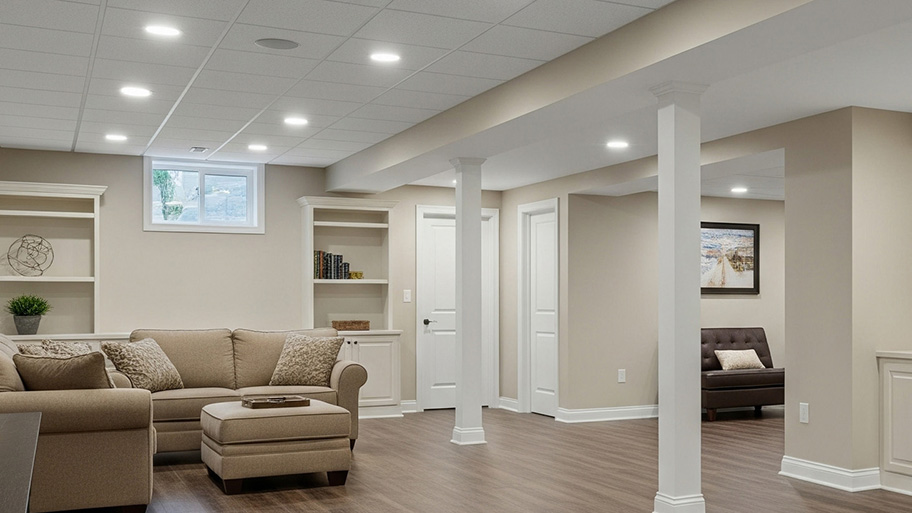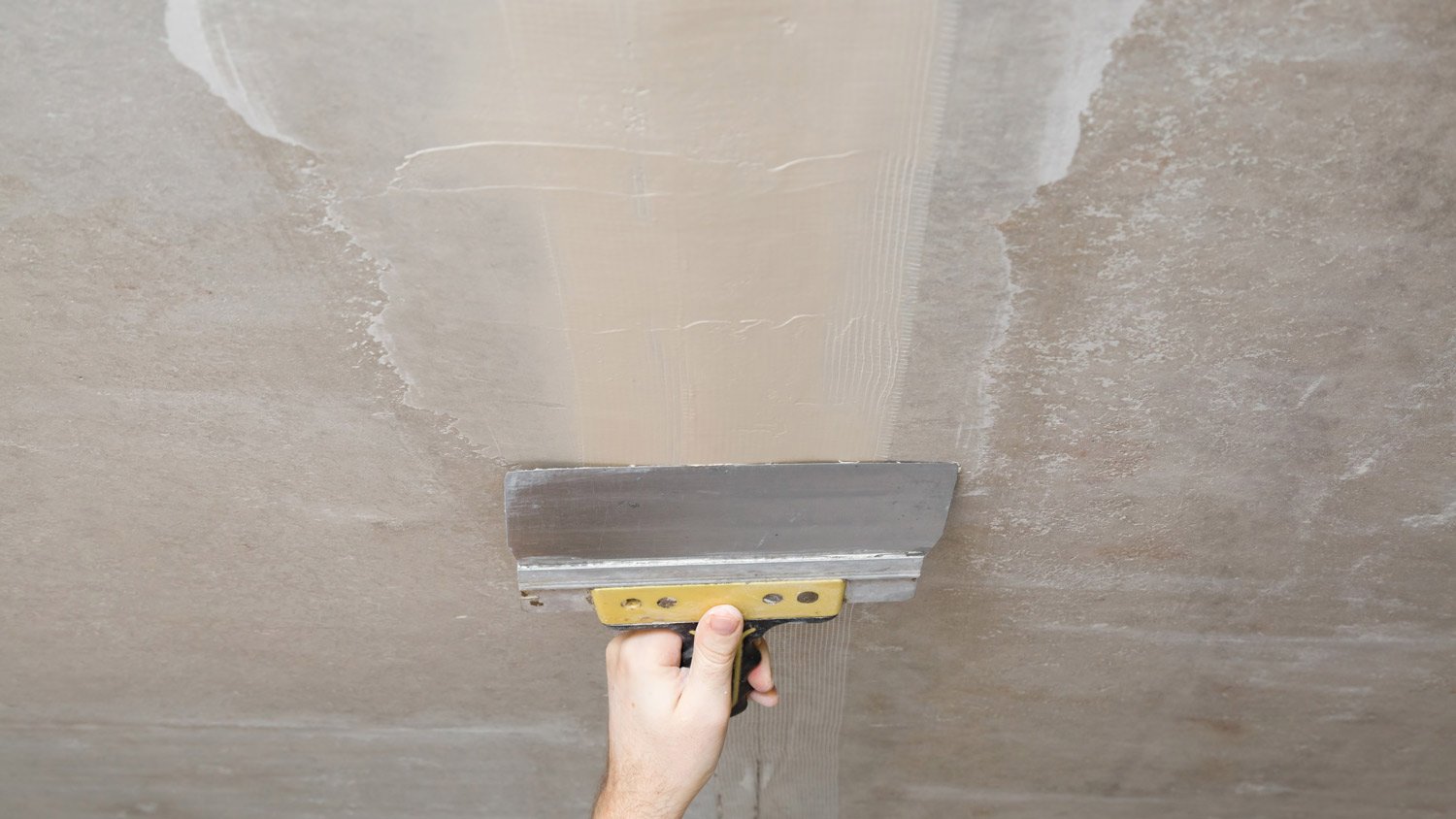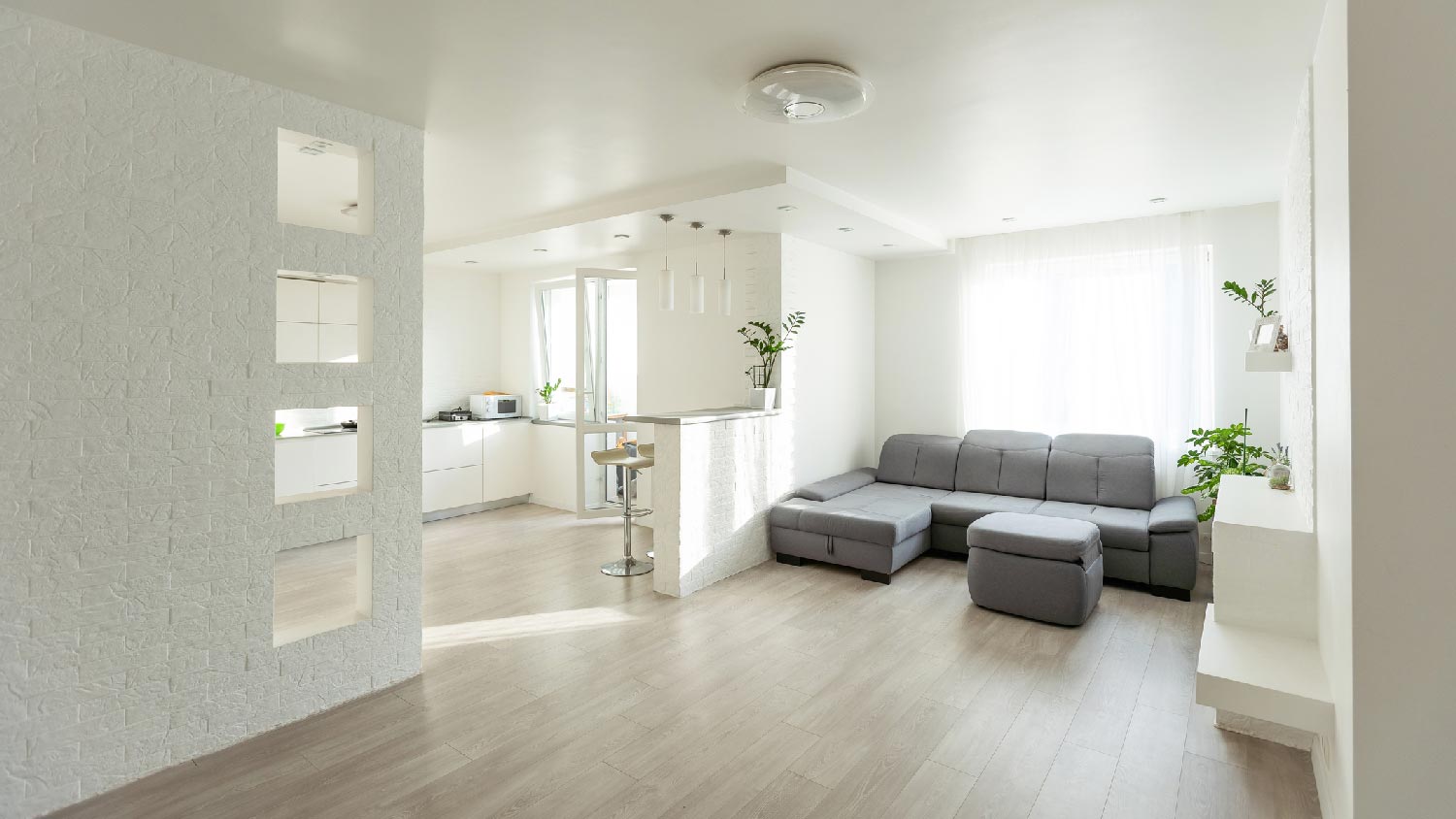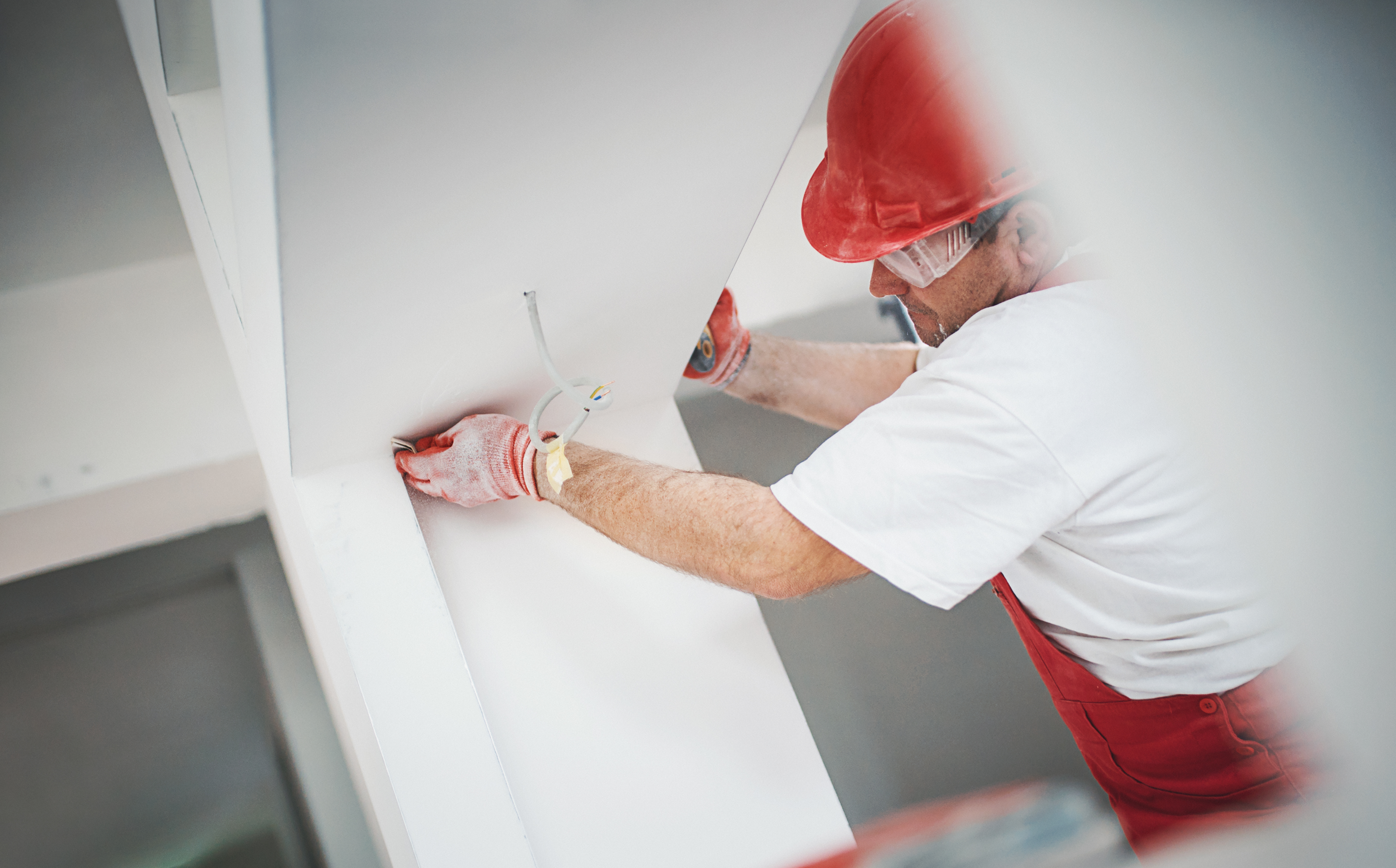
The eye-catching character of a coffered ceiling can really set your room design apart. This guide breaks down coffered ceiling costs to help you budget.
Plaster doesn't like to settle, even as your home does, so this can lead to cracks


Plaster is a popular wall material because it’s hard, mold- and fire-resistant, and it dampens noise. So why would such a strong, durable building material fall out of favor?
Plaster was a common wall material until the 1950s, so those with older homes know the problem with plaster: It cracks.
The recipe for plaster can vary, but it’s generally made of water, sand, lime—and sometimes horsehair. Plaster is mixed to a paste-like consistency, and contractors spread it on walls or ceilings. It can be applied thin for a smooth finish or applied with ribbed or swirled decorative textures. The mixture dries as hard as a rock and becomes so brittle that it’s prone to cracking.
The good news is that plaster cracks are often cosmetic and won’t cause problems in the future. For peace of mind, though, find local plaster companies to check out any new or unusual cracks.
To understand why plaster cracks, it helps to take a peek inside the plaster wall. To build a plaster wall, wooden strips called lathes are nailed horizontally across the framing. Then plaster is applied on, oozing in between and behind the lathes.
The plaster that goes over top and behind the lath strips dries hard and forms what’s called the key. The key holds the plaster and lath strips together. Then a couple more layers of plaster are applied on top and smoothed out. All those layers are brittle and have the potential to crack as the house settles or as the wall gets bumped through everyday living.
You’re most likely to see cracks in the plaster in the natural weak points of the wall: the studs and joists, doors, windows, and the space between floors in a stairwell.
The earth is constantly shifting, and for the most part, your home settles with it. Hard, brittle plaster, though, doesn’t like to settle. Instead, it cracks. A crack might start in a weak spot like a doorway or in the framing. From there, it often spreads diagonally.
It’s common to have some small cracks in a plaster wall. A moment of clumsiness can lead to knocking into the wall and cracking it. Some cracks even come and go seasonally as the materials expand and contract with the temperatures.
You might find cracks at the corners of almost every door and window in the house. That’s because openings absorb the stresses of settling.
Pros nail lathes to solid wood in the space between the floors of a house, so there is no place for wet plaster to ooze and form a key to hold it together. So a few years later, cracks appear.
The other weak spot for plaster is actually the strongest spot in the house. The chimney and fireplace are solid rock, and everything settles around it. This is why you will often find cracks around the fireplace and chimney.
Most of a house’s settling happens in the first decade. If your home is older and you see new cracks in the plaster, it might be a sign of a foundation issue rather than a cosmetic one. Check the basement or crawl space below for cracks. If you see them there, you might have a foundation issue that needs addressing.

If you just need a cosmetic fix to fill a crack so it blends in with the wall more seamlessly, the easiest thing to do is caulk it before painting over the plaster crack.
1. Use acrylic latex caulk and put a small bead of caulk along the crack.
2. Using your finger, rub the caulk into the crack with a motion perpendicular to the crack. This will force the caulk into the crack.
3. Wipe off all the excess with a sponge so that the only caulk left is in the crack. It will feel like you've done nothing, but this will allow the paint to cover the crack.
Calling in a pro to repair the plaster is always an option, and the cost to plaster walls ranges from $200 to $1,200. If you want to try it yourself, you’ll need a joint compound, drywall tape, a utility knife, and a drywall knife. You can also have a vacuum and rag handy for cleaning.
1. Use a knife to cut along the crack and remove any loose material. Use a vacuum to clean up any little bits.
2. Prep the drywall tape. Cut a length of drywall tape, so it will cover the crack, but then set the tape aside.
3. Use a drywall knife and joint compound to cover the crack. Smooth on a thin layer of the compound, a little bit wider than the width of the tape.
4. Gently lay the tape you cut over the compound and use your knife to flatten it out. Leave that to dry.
5. Smooth another layer of joint compound over the taped crack and smooth it out. Let that layer dry.
6. Once dry, lightly sand the area and apply another layer of joint compound, if needed. Otherwise, finish the patch to match the rest of your wall.
Fixing plaster cracks won’t hold the plaster onto the walls. If chunks of plaster come off, moisture might have gotten in, affecting the integrity of your walls. For this reason, it’s important to investigate new cracks when you see them.
Plaster that was applied without space to form keys can break off and damage the surrounding plaster in the process.
But the good news is, plaster is quite strong and won’t usually just break off. If you love your plaster walls—and many home buyers love that pre-war character—it’s fine to leave the walls as they were built.
If you’re installing new plaster, take a few steps to minimize cracks:
Make sure the water and sand are well mixed.
Choose a cool day to apply. Mix that dries too fast is prone to cracking.
Don’t over-water. Too much hydration makes the plaster heavy when it’s applied. Then, it shrinks as it dries.
Pros of plaster walls:
Plaster walls are strong.
They’re also energy-efficient and can dampen sounds.
The smooth durability and custom finishes possible with plaster give older homes charm.
Cons of plaster walls:
It’s difficult to pound nails to hang art on a plaster wall.
They can block Wi-Fi signals.
They’re difficult to open up when you want to add insulation or update electrical components.
If you have to cut into plaster walls to modernize your home, you might want to hire a local plaster repair pro to repair the damage.
From average costs to expert advice, get all the answers you need to get your job done.

The eye-catching character of a coffered ceiling can really set your room design apart. This guide breaks down coffered ceiling costs to help you budget.

Venetian plaster can add depth and texture to your aesthetic. Learn how much Venetian plaster costs based on factors like square footage and whether you hire a pro to help.

Drop ceilings are an affordable way to finish your room while maintaining access to utilities. Use this drop ceiling cost guide to estimate your project total.

Hairline cracks and spiderweb cracks are just two of many types of ceiling cracks. Read this guide to learn which ceiling cracks are serious and need repairs.

Find out what causes ceiling cracks, including general wear and tear, water damage, roof truss uplift, and issues with your foundation.

Can you sand plaster? Technically, yes, but between a big mess and potential health hazards, this is one project you’ll want to hire a pro for.